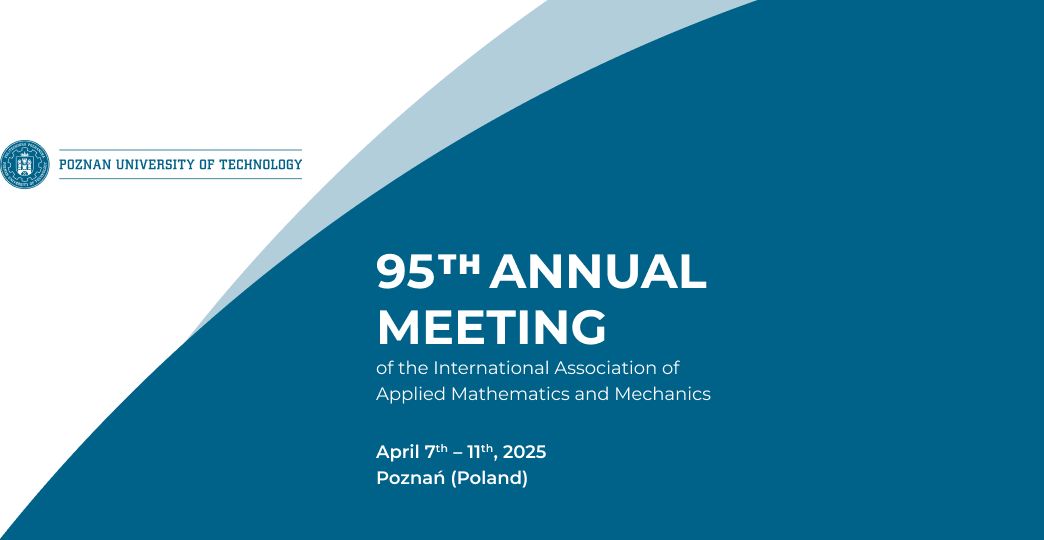Speaker
Description
In recent times, material models that rely on neural network-based methods become increasingly popular, with many applications to soft solids. Moreover, for the modelling of fracture phenomena, the phase-field approach has proven to be a powerful tool. In this contribution, we combine these two concepts.
We present a hybrid phase-field model of fracture at finite deformation and its application to the response of quasi-incompressible, hyperelastic rubber [1]. The key idea is to combine the predictive capability of the phase-field approach to fracture with a physics-augmented neural network (PANN) that serves as a flexible, high-fidelity model of the response of the bulk material. To this end, recently developed neural network approaches are modified to better meet specific requirements of the phase-field framework. In particular, a novel invariant-based architecture for a hyperelastic PANN is presented, that enables a decoupled description of the volumetric and the isochoric response. This is of particular interest when modelling fracture of soft quasi-incompressible solids with the phase-field approach, where a weakening of the incompressibility constraint in fracturing material may be required. It can be easily proven that the PANN fulfils all desirable properties of hyperelastic potentials by construction.
The proposed model is implemented in the finite element framework FEniCSx. Its performance is studied by means of several numerical examples and discussed with respect to experimental data.
References
[1] F. Dammaß, K. A. Kalina, M. Kästner: Neural networks meet phase-field: A hybrid fracture model, under preparation.

